Flamingos: Nature's Graceful Wonders
A Symphony of Colors, Dance, and Conservation
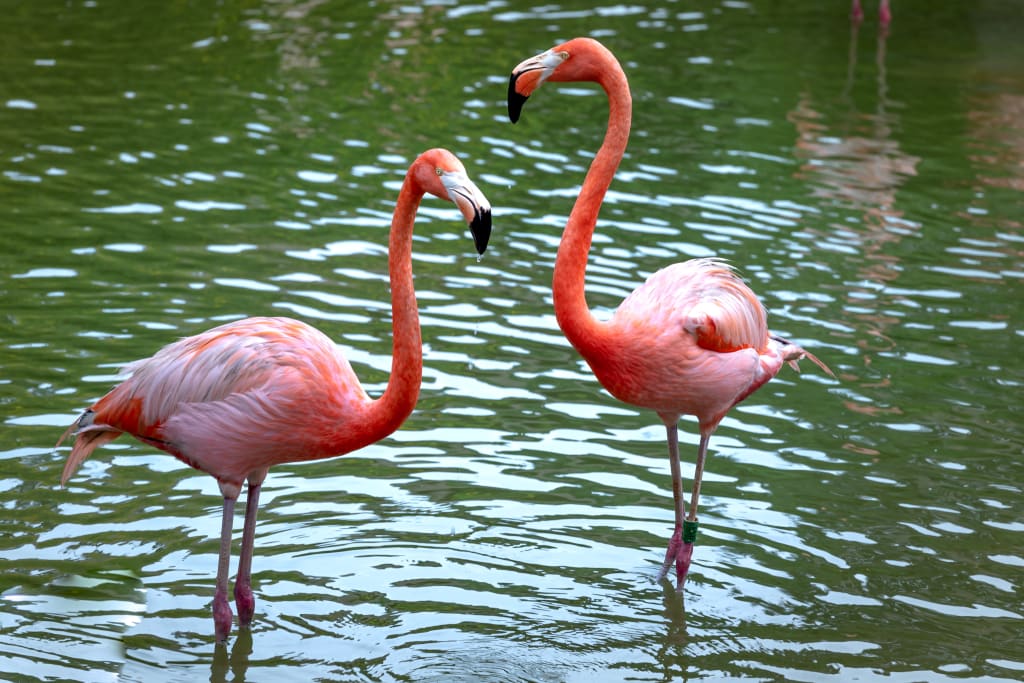
In the realm of nature's palette, few creatures paint a more vivid and enchanting picture than the flamboyant flamingos. These elegant birds, with their long necks and vibrant plumage, are a spectacle of grace and beauty, captivating the hearts of both casual observers and avid bird enthusiasts alike.
Flamingos are renowned for their striking pink and orange hues, which are a result of their diet. Their primary food source consists of algae and crustaceans rich in carotenoid pigments. The flamingo's digestive system breaks down these pigments, and the colors are then absorbed into their feathers, skin, and even their egg yolks. The intensity of their coloration is a direct reflection of their health, making the vibrant shades a symbol of vitality in the avian world.
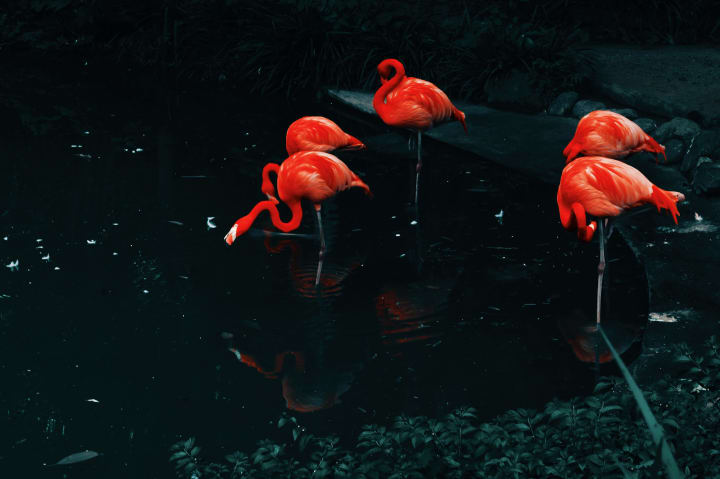
Beyond their captivating appearance, flamingos are social creatures that thrive in large colonies. These colonies, sometimes comprising thousands of individuals, serve as hubs for various social activities. One remarkable aspect of their social structure is their ability to synchronize movements. Whether it's feeding, grooming, or taking flight, these birds move in unison, creating a mesmerizing display of coordinated grace. Scientists believe that this synchronization enhances their protection against predators and is an integral part of their communication.
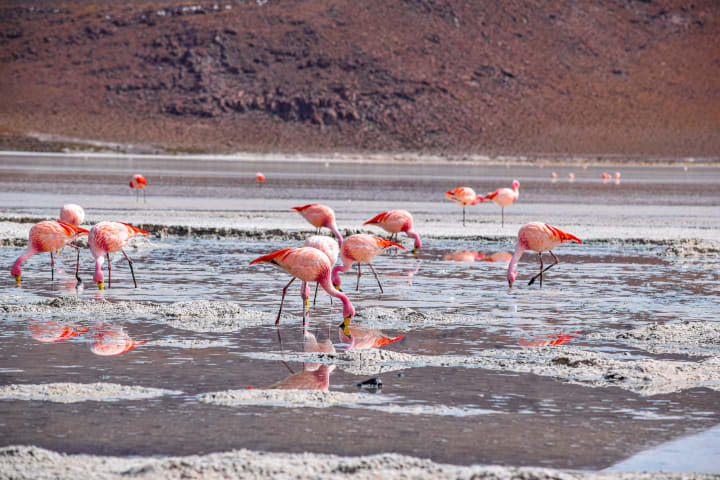
Flamingos are not just experts at choreographed group movements; they also engage in intricate courtship rituals. During the breeding season, male flamingos gather in groups, displaying their vibrant plumage and performing elaborate dances to attract females. These displays involve synchronized movements, head-flagging, and even vocalizations. The courtship rituals are not just about aesthetics; they play a crucial role in establishing and strengthening pair bonds.
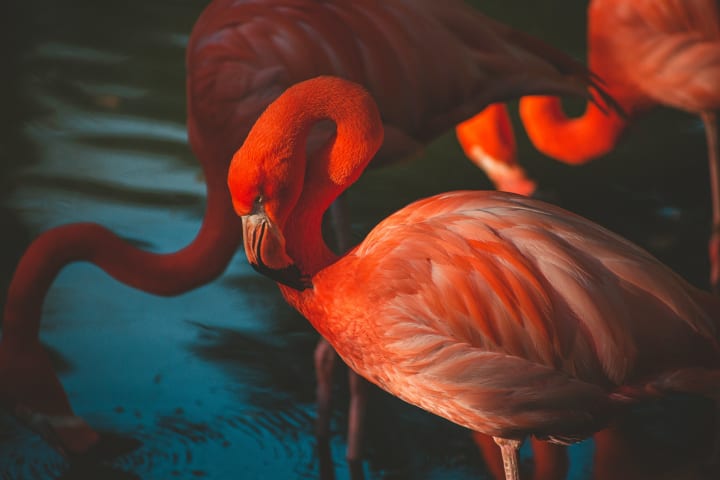
Flamingos are not mere spectators in the ecosystems they inhabit; they actively shape and contribute to their surroundings. Their foraging behavior, characterized by the sweeping motion of their bills through the water, not only sustains their own dietary needs but also has a profound impact on aquatic ecosystems. By filtering and consuming algae, small invertebrates, and organic matter, flamingos help maintain the delicate balance of their habitats.
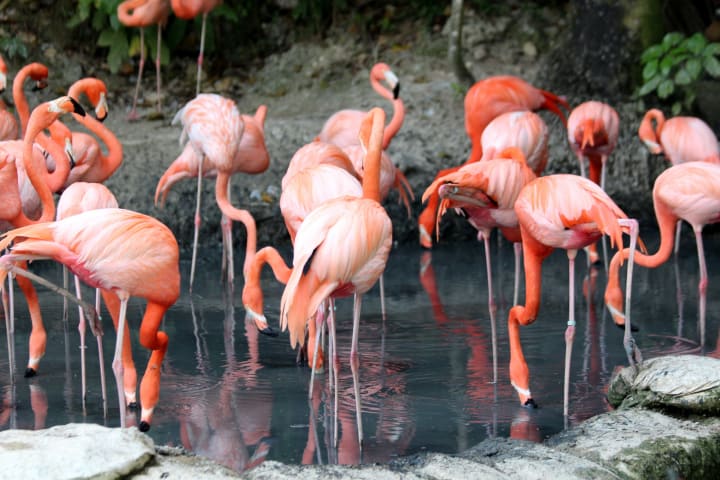
These birds have adapted to life in a variety of environments, from saltwater lagoons to alkaline lakes. One of the most iconic images associated with flamingos is the vast, shallow waters of salt flats, where flocks of these birds gather, creating a breathtaking sight. Their long legs and uniquely shaped bills are evolutionary marvels, perfectly suited for wading in shallow waters and capturing their preferred prey.
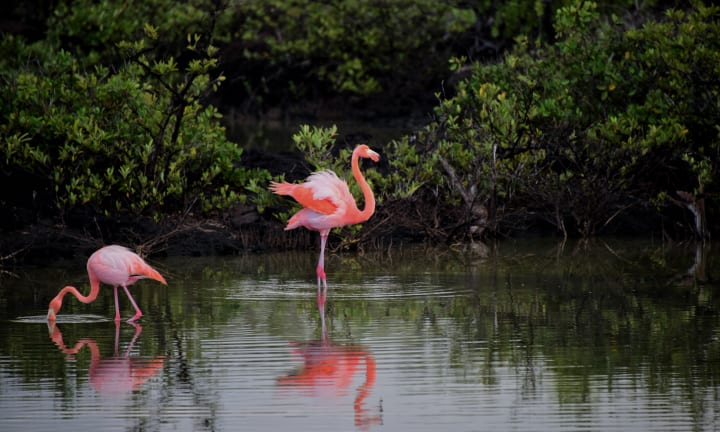
Despite their remarkable adaptability, flamingos face numerous challenges in the modern world. Human activities such as habitat destruction, pollution, and climate change threaten the delicate ecosystems they rely on. Conservation efforts are crucial to ensure the survival of these majestic birds. Conservationists and researchers work tirelessly to study their behavior, monitor populations, and implement strategies to protect their habitats.
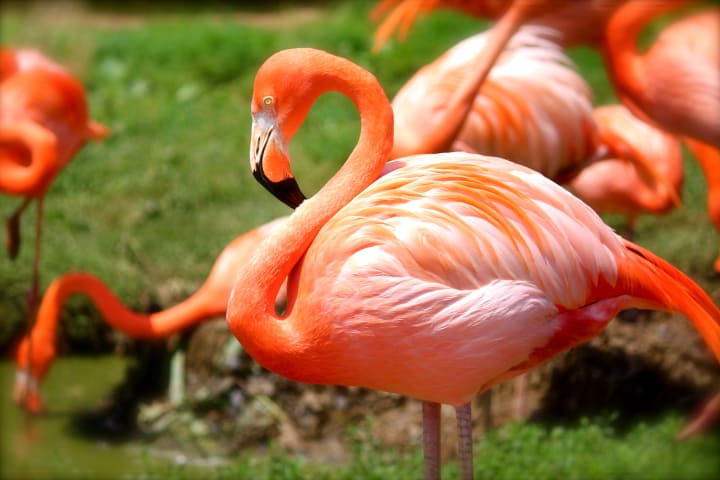
Flamingos have not only left an indelible mark on the natural world but also found their way into human culture and symbolism. In various cultures, flamingos represent different virtues such as grace, beauty, and balance. Their distinct appearance and behaviors have inspired art, literature, and even fashion. From ancient myths to modern design, flamingos continue to be a symbol of elegance and resilience.
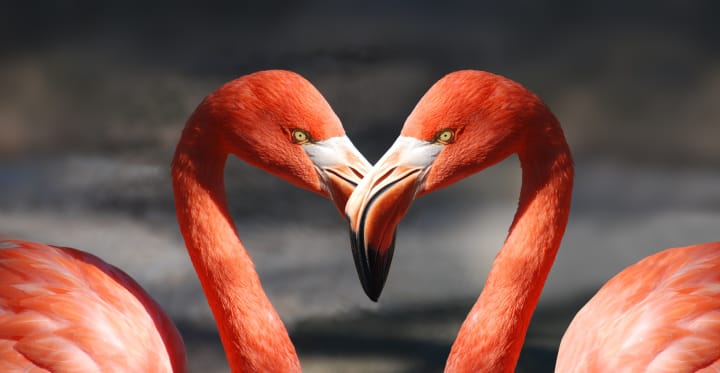
For those fortunate enough to encounter flamingos in their natural habitat, the experience is nothing short of magical. Observing a sea of pink and orange hues, hearing their distinctive calls, and witnessing their synchronized movements can leave a lasting impression. Whether through wildlife tourism or responsible birdwatching, connecting with these birds fosters appreciation for the delicate ecosystems they inhabit.
In conclusion, flamingos are not just charismatic birds with a penchant for vibrant colors; they are essential components of the ecosystems they inhabit. Their grace, adaptability, and social dynamics make them a fascinating subject of study and admiration. As stewards of the natural world, it is our responsibility to ensure that these enchanting creatures continue to thrive, gracing our planet with their timeless elegance.
About the Creator
Scott Richards
Devoting my spare moments to crafting tales about animals. The beauty of nature brings me immense joy. If this resonates with you, consider subscribing to stay updated and never miss a story.


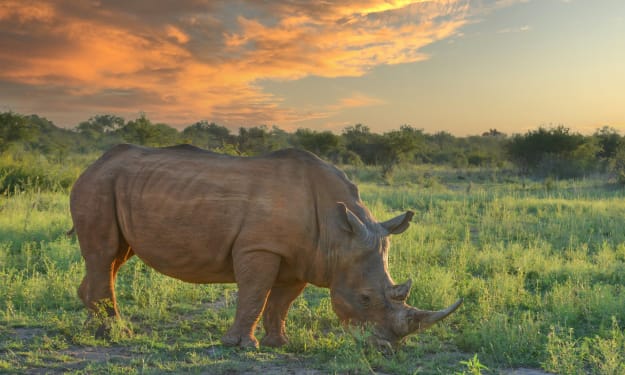



Comments (1)
That’s a great article about flamingos. They’re such a beautiful bird. I love watercoloring them. Thank you for sharing.